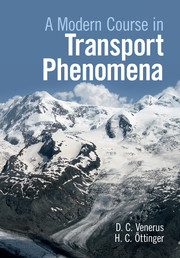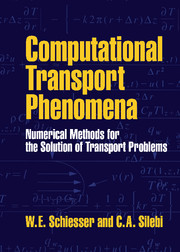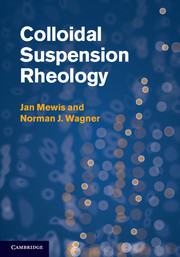A Modern Course in Transport Phenomena
This advanced text presents a unique approach to studying transport phenomena. Bringing together concepts from both chemical engineering and physics, it makes extensive use of nonequilibrium thermodynamics, discusses kinetic theory, and sets out the tools needed to describe the physics of interfaces and boundaries. More traditional topics such as diffusive and convective transport of momentum, energy and mass are also covered. This is an ideal text for advanced courses in transport phenomena, and for researchers looking to expand their knowledge of the subject. The book also includes:
• Novel applications such as complex fluids, transport at interfaces and biological systems,
• Approximately 250 exercises with solutions (included separately) designed to enhance understanding and reinforce key concepts,
• End-of-chapter summaries.
- Presents a unique approach to studying transport phenomena
- Mathematically rigorous, yet uses an easy-to-follow structure
- Includes numerous homework exercises and solutions
Product details
March 2018Hardback
9781107129207
534 pages
254 × 180 × 28 mm
1.21kg
Available
Table of Contents
- 1. Approach to transport phenomena
- 2. The diffusion equation
- 3. Brownian dynamics
- 4. Equilibrium thermodynamics
- 5. Balance equations
- 6. Forces and fluxes
- 7. Measuring transport coefficients
- 8. Pressure-driven flow
- 9. Heat exchangers
- 10. Gas absorption
- 11. Driven separations
- 12. Complex fluids
- 13. Thermodynamics of interfaces
- 14. Interfacial balance equations
- 15. Interfacial force-flux relations
- 16. Polymer processing
- 17. Transport around a sphere
- 18 Bubble growth and dissolution
- 19. Semi-conductor processing
- 20. Equilibrium statistical mechanics
- 21. Kinetic theory of gases
- 22. Kinetic theory of polymeric liquids
- 23. Transport in porous media
- 24. Transport in biological systems
- 25. Microbead rheology
- 26. Dynamic light scattering
- Appendix A: thermodynamic relations
- Appendix B: differential operations in coordinate form.




